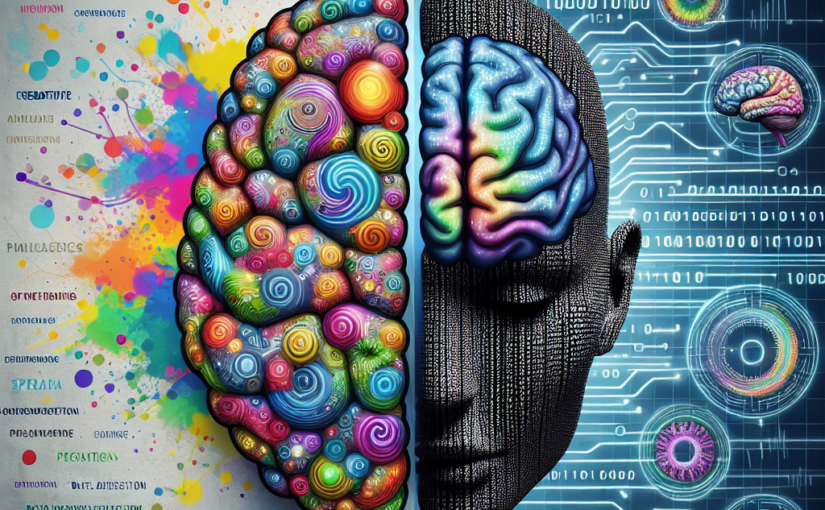In an era where artificial intelligence continues to make headlines with increasingly impressive capabilities, many wonder if AI will eventually match or surpass human intelligence. However, the relationship between human and artificial intelligence is far more nuanced than simple competition. Let’s explore the fundamental differences between these two forms of intelligence and understand where each truly excels.
The Learning Gap
While AI systems require massive amounts of data to learn new skills, humans can grasp concepts from just a few examples. This “one-shot learning” ability gives humans a remarkable advantage in novel situations. Think of how quickly a child learns to identify a dog after seeing just one or two examples, while AI systems need thousands of images to achieve similar accuracy.
Emotional Intelligence: The Human Advantage
Perhaps the most significant distinction lies in emotional intelligence. Humans possess an innate ability to understand and respond to emotions, read social cues, and navigate complex interpersonal situations. While AI can be programmed to recognize emotional patterns, it lacks genuine emotional understanding and empathy – crucial components of human intelligence that shape decision-making and social interactions.
Where AI Shines
AI demonstrates remarkable capabilities in specific areas:
– Processing vast amounts of data at incredible speeds
– Identifying patterns in complex datasets
– Performing repetitive tasks with unwavering precision
– Making data-driven predictions in fields like healthcare and finance
These strengths make AI an invaluable tool in many industries, particularly in tasks requiring rapid analysis of large datasets or consistent execution of precise operations.
The Creative Divide
Human creativity remains unmatched by artificial intelligence. While AI can generate impressive content by combining existing patterns, it lacks the genuine creative spark that drives human innovation. Humans excel in:
– Creating truly original art and music
– Developing novel solutions to complex problems
– Understanding abstract concepts and metaphors
– Adapting to unprecedented situations
Looking Ahead
As AI technology continues to evolve, the key to progress lies not in comparing AI to human intelligence, but in understanding how these two forms of intelligence can complement each other. The future likely holds a collaborative relationship where AI enhances human capabilities rather than replacing them entirely.
The development of AI has also sparked important philosophical and ethical discussions about the nature of consciousness, intelligence, and what it truly means to think and create. These questions remain central to our understanding of both human and artificial intelligence.
By recognizing the unique strengths and limitations of both human and artificial intelligence, we can better harness their respective capabilities to drive innovation and progress across all fields of human endeavor.

